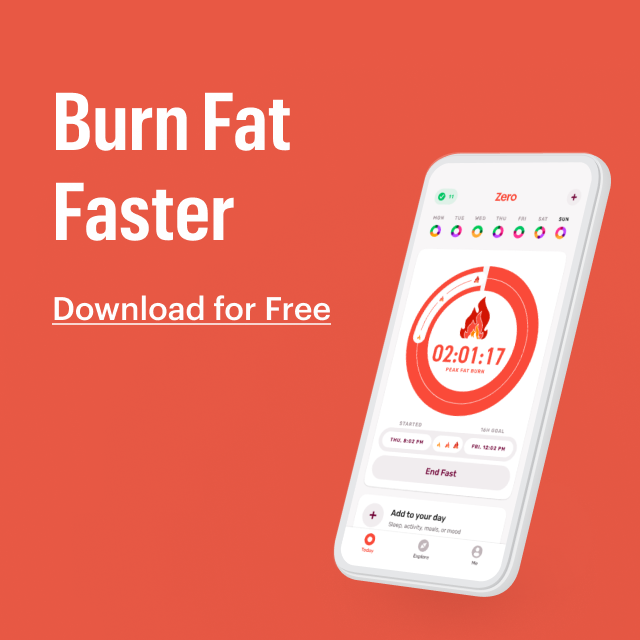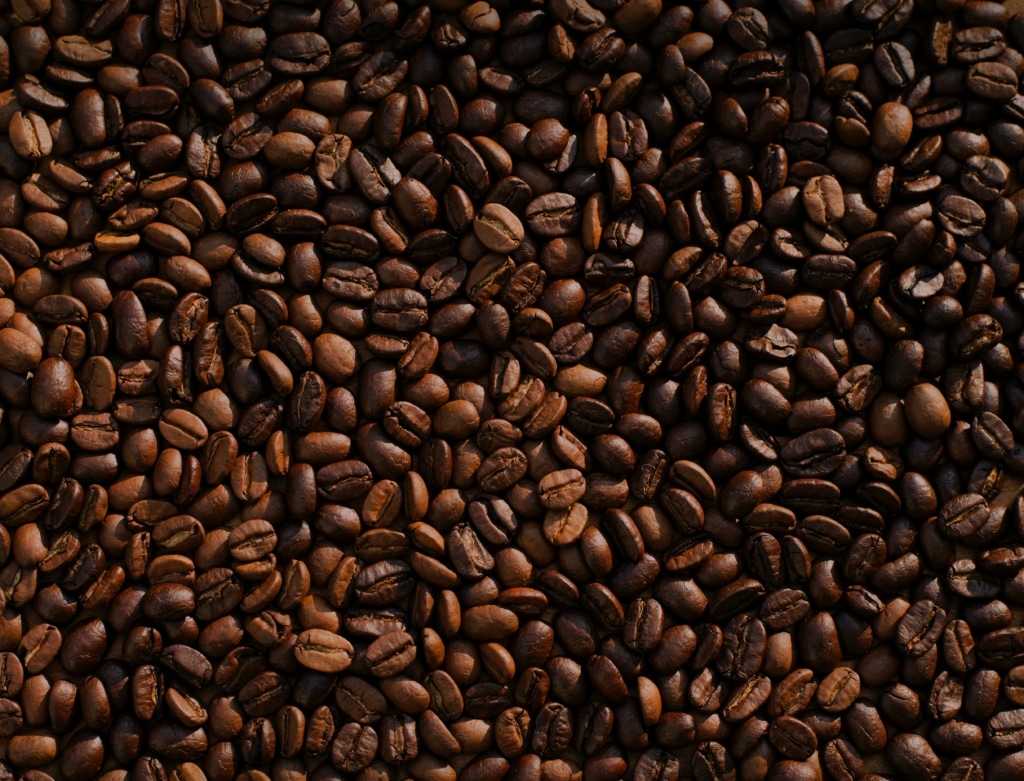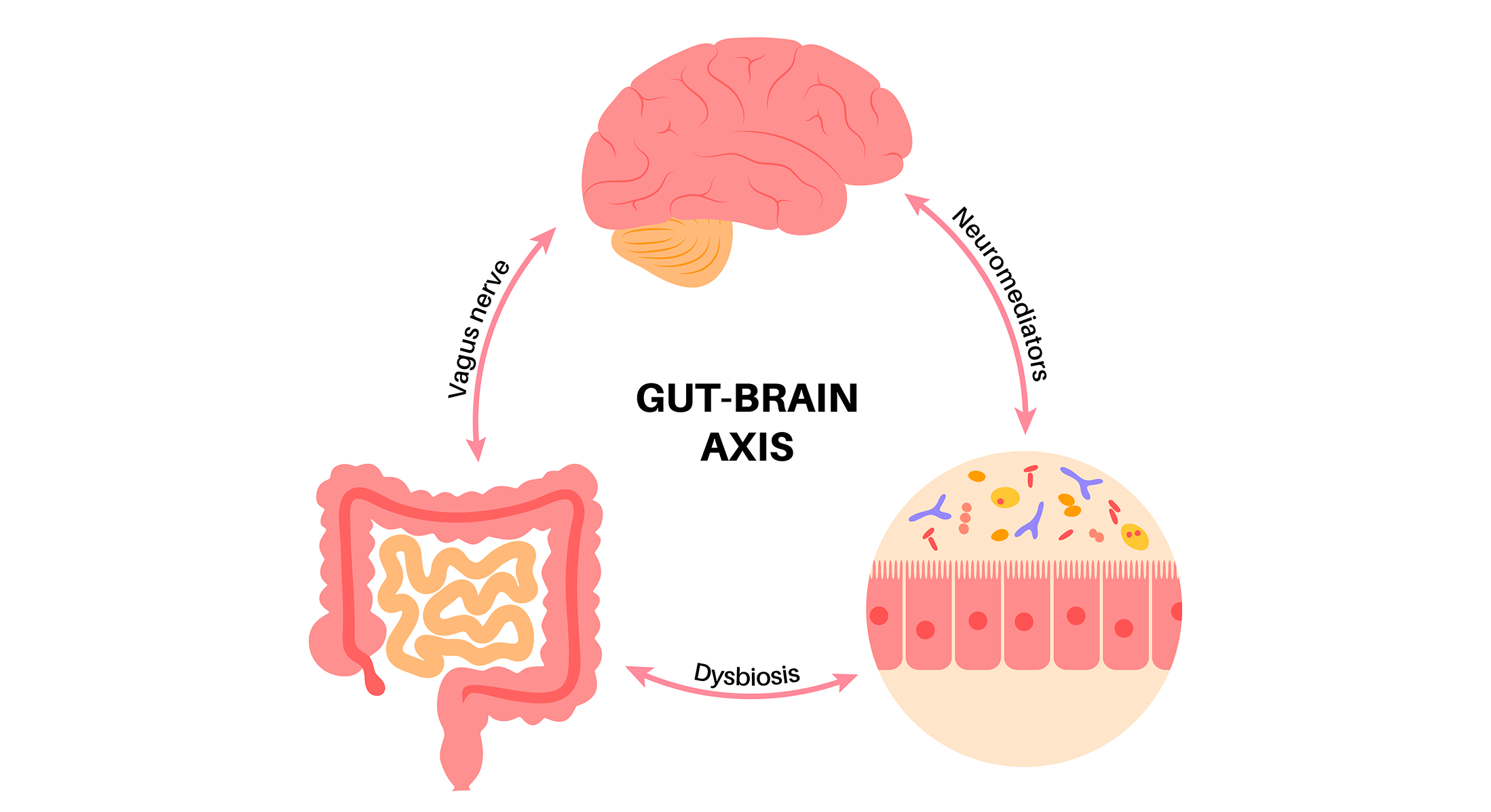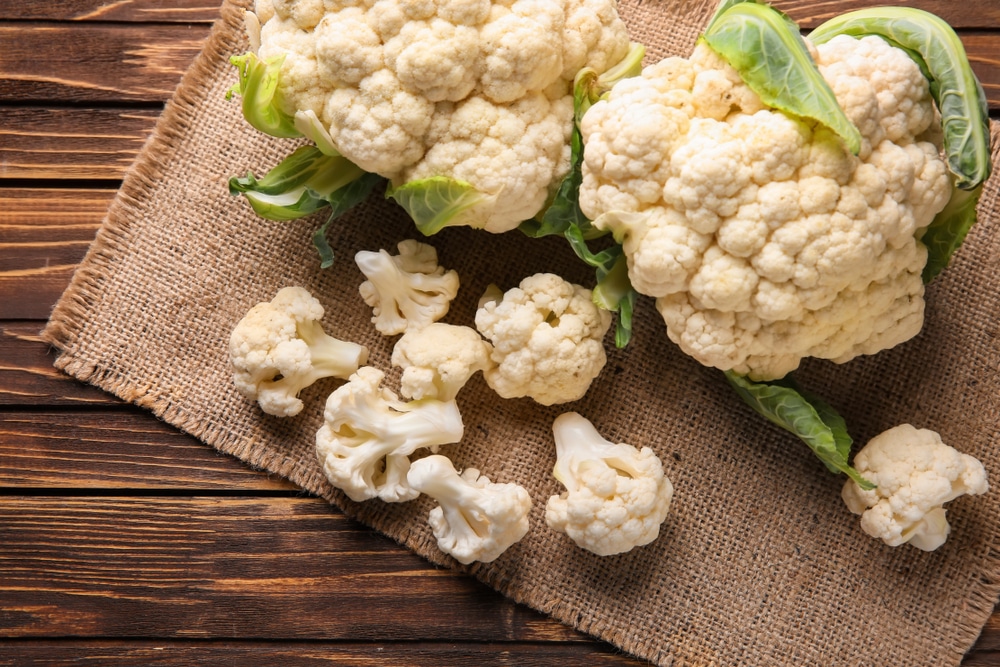Whereas seemingly opposites, each fasting and conscious consuming are time-tested approaches to diet. Alone, every can present distinctive advantages. Collectively, they work synergistically to enhance your whole-body well being, with advantages starting from stopping persistent illness to bettering psychological well being and self-awareness.
Juggling the scope of conscious fasting and conscious consuming might sound overwhelming at first, however with the best mindset and foundational tenets, you’ll be integrating each into your routine and bettering your well being very quickly. Let’s dive in!
What Is Aware Consuming?
Aware consuming is the follow of deliberately focusing one’s consideration on the total expertise of consuming with an perspective of curiosity and non-judgment. It entails being totally current for every sensation throughout the means of consuming: noting the colour, texture, style, and aroma of meals; being conscious of the emotions of starvation and fullness; appreciating the complicated journey that introduced the meals to your plate; and consuming in response to physiological, not emotional, cues of starvation and satiety. Aware consuming has been promoted as a manner to enhance dietary habits, improve enjoyment of meals, and create a more healthy relationship with meals by breaking cycles of senseless consuming and overeating.
Along with bettering your relationship with meals, research have proven that making use of mindfulness to your consuming practices can lead to quite a lot of well being advantages. A current evaluate and meta-analysis confirmed that conscious consuming resulted in comparable weight-loss outcomes as conventional weight-reduction plan. Aware consuming is usually a extra sensible manner of consuming that doesn’t require the monotonous activity of counting energy; as an alternative, over time, you learn to tune into your physique’s pure cues of starvation and fullness, which finally dictate the amount (and high quality!) of the meals you eat.
Why Aware Consuming Works with Fasting
Fasting is a follow with deep historic and cultural roots. Its origins hint again hundreds of years throughout numerous religions and cultures, the place it was usually used as a type of non secular introspection and self-discipline. For example, throughout the holy month of Ramadan, Muslims quick from daybreak to sundown as a type of non secular reflection, appreciation for meals, and follow of mindfulness. In Buddhism, the idea of conscious consciousness is central, and fasting could be noticed as a mindfulness follow.
Quick-forwarding to the current day, intermittent fasting can even take a conscious strategy. The time period “conscious fasting” could be outlined because the follow of deliberately abstaining from meals for specified durations, whereas concurrently cultivating cognizance of the physique’s bodily and emotional responses throughout the fasting course of. Much like conventional practices round mindfulness, it entails recognizing and observing the emotions of starvation and satiety, the thoughts’s response to abstaining from meals, and the physique’s physiological reactions. Reasonably than merely specializing in the act of not consuming, conscious fasting emphasizes the significance of being totally current and engaged throughout the fasting expertise, aiming to foster a deeper understanding of 1’s relationship with meals and consuming patterns.
Collectively, conscious consuming and conscious fasting can assist you progress in your well being journey. Bringing consideration to your starvation and fullness cues can let you know when to start out and cease consuming a meal and in addition offer you route on when it’s time to start or break a quick. Mindfulness throughout a quick may even enlarge your senses, akin to odor and style, permitting you to enter your Quick Breaker with heightened consciousness and appreciation for the meals you’re about to eat. In flip, this may improve your conscious consuming expertise and improve your likelihood of gaining the numerous advantages from an intuitive manner of consuming.
4 Suggestions for Aware Consuming and Aware Fasting
Combining conscious consuming and conscious fasting not solely heightens self-awareness but additionally promotes more healthy consuming habits, self-discipline, and a extra balanced relationship with meals. Under are some suggestions that can assist you combine each conscious consuming and conscious fasting into your diet routine.
#1) Use the Starvation-Fullness Scale to Resolve When to Break a Quick
The hunger-fullness scale is a self-awareness software usually utilized in conscious consuming practices to assist people establish and reply to their physique’s pure starvation and satiety cues. It usually ranges from 1 to 10, with 1 representing excessive starvation, 10 indicating excessive fullness or discomfort from overeating, and the center vary reflecting a cushty degree of fullness and feeling of content material.
When consuming, the hunger-fullness scale is usually a useful gizmo to resolve whenever you’ve had sufficient to eat. Ideally, you’ll end your meal if you end up at a few 7–8 on the dimensions, indicating that you simply really feel satiated, however not overly stuffed.
This software can even assist along with your fasting follow. Ideally, you’ll wait till your starvation ranges attain a few 3 till you break your quick (extended fasting excluded). This can lead to a shorter or longer fasting interval for the day, each of that are wonderful. Nevertheless, attempt utilizing this chance to construct a greater understanding of what starvation really seems like and the alerts your physique is sending you earlier than you break that quick. You could be taught that a bit of starvation is extra tolerable than you thought, or acquire perception into how lengthy is just too lengthy and when your physique really wants nourishment.
#2) Make Your Quick Breaker a Aware Meal
Aware meals, or meals by which you might be relaxed, current, and free from distraction, have been proven to yield well being and longevity advantages together with weight reduction and improved metabolic well being. Coupling this follow along with your Quick Breaker can create appreciation for meals and assist regulate how a lot your physique truly wants in that second. It’s attainable to undo among the advantages from fasting by a extra indulgent consuming window; nevertheless, a conscious Quick Breaker could mitigate a few of that threat. Research have proven that undistracted consuming resulted in fewer energy consumed throughout the meal or snack in addition to the amount of later meals consumption.
So, whenever you do resolve to interrupt your quick, make it a conscious and undistracted expertise. It is possible for you to to focus extra on nourishing your physique, which can assist your well being down the road. Plus, that first chunk after you quick tends to style the perfect, so take the time to take pleasure in it!!
#3) Break Your Quick When You Want To
We frequently break our quick out of behavior; nevertheless, it will not be what our our bodies really need at that second. Breakfast, for instance, is a standard family custom — it’s what many people do once we get up! Nevertheless, if we’re conscious whereas fasting, a few of us could be taught that breakfast is extra of an acquired sample of consuming versus an precise requirement for gasoline and vitamins.
Our day by day fasts can last more or shorter relying on what our our bodies are telling us in the mean time. For instance, you will have had a troublesome exercise the day earlier than or unintentionally undereaten, so the next day, your physique could also be needing vitamins sooner. Then again, you might even have a day the place you are feeling energized, alert, and content material. Even in case you reached your typical fasting-goal size, chances are you’ll resolve to push your quick a bit longer that day, ready till your physique really wants meals.
#4) Use Mindfulness to Acquire a Higher Appreciation for Meals
Fasting has the distinctive potential to shift our perspective on meals and improve our appreciation for it. By deliberately refraining from consuming for a selected interval, we change into conscious about our physique’s pure starvation cues and the feeling of consuming once we lastly have a meal. This heightened consciousness can rework our relationship with meals, as we begin to understand it not simply as a supply of delight, however primarily as an important supply of nourishment. We could discover ourselves savoring every chunk, taking note of the flavour, texture, and aroma of our meals, thereby training conscious consuming. This elevated mindfulness could lead us to make extra aware meals decisions, choosing nutrient-dense meals that actually nourish our our bodies.
Conclusion: Get Off the Weight loss program Seesaw with Fasting
Consuming and fasting look like easy sufficient ideas, however being intentional about each can assist you get off the weight-reduction plan seesaw (which has been proven to fail) and see constant ends in the short- and long-term. The purpose is to not be stringent, however to tune into your thoughts and physique for larger self-awareness, a deeper understanding of how meals impacts your general well-being, and a more healthy relationship with your self.
Nicole Grant is a registered dietitian and well being coach who focuses on diet for metabolic well being. She accomplished her undergraduate research in Meals and Diet at San Diego State College and her dietetic internship by the College of California San Diego’s medical system. Nicole enjoys mixing her expertise in scientific diet, preventative care, and mindfulness methods to counsel purchasers, write evidence-based articles, and seek the advice of on all issues diet to assist folks dwell higher, longer lives.
































